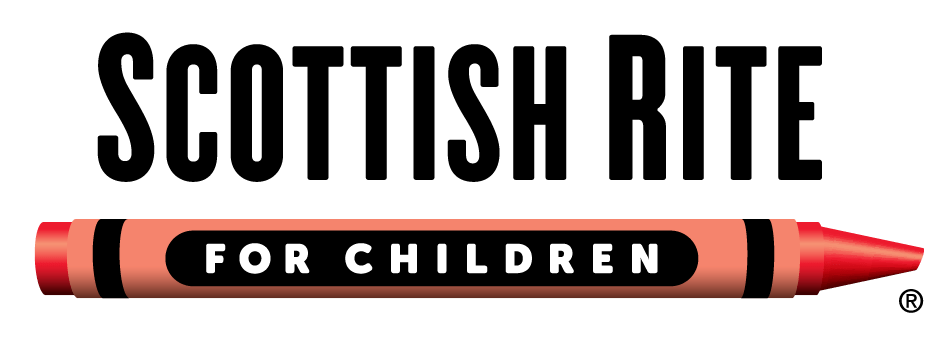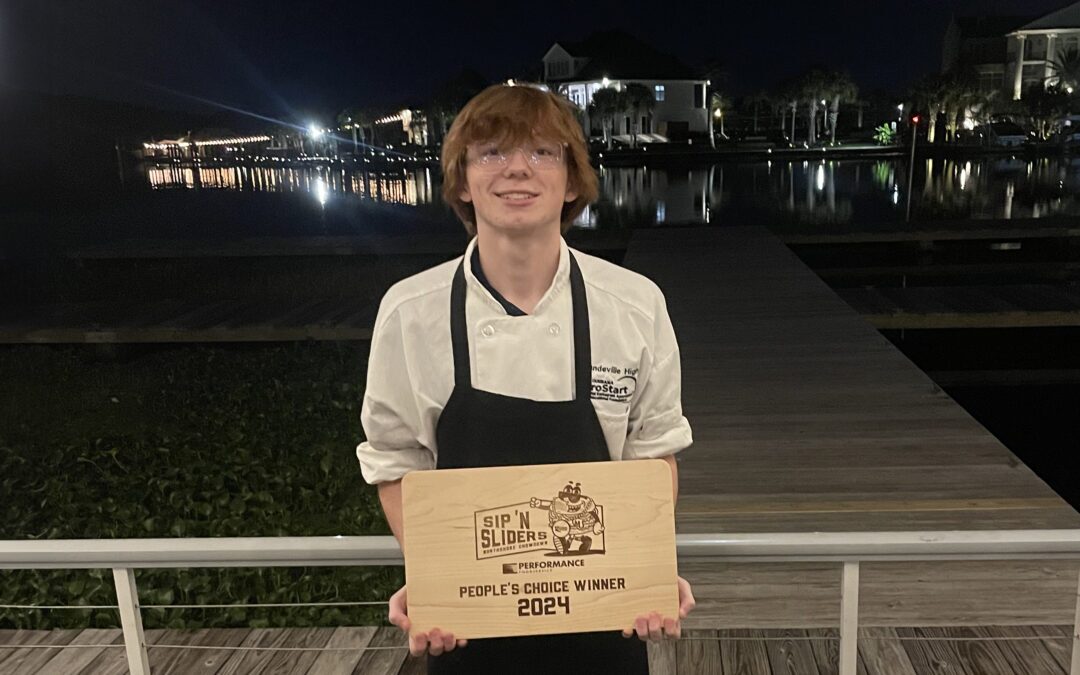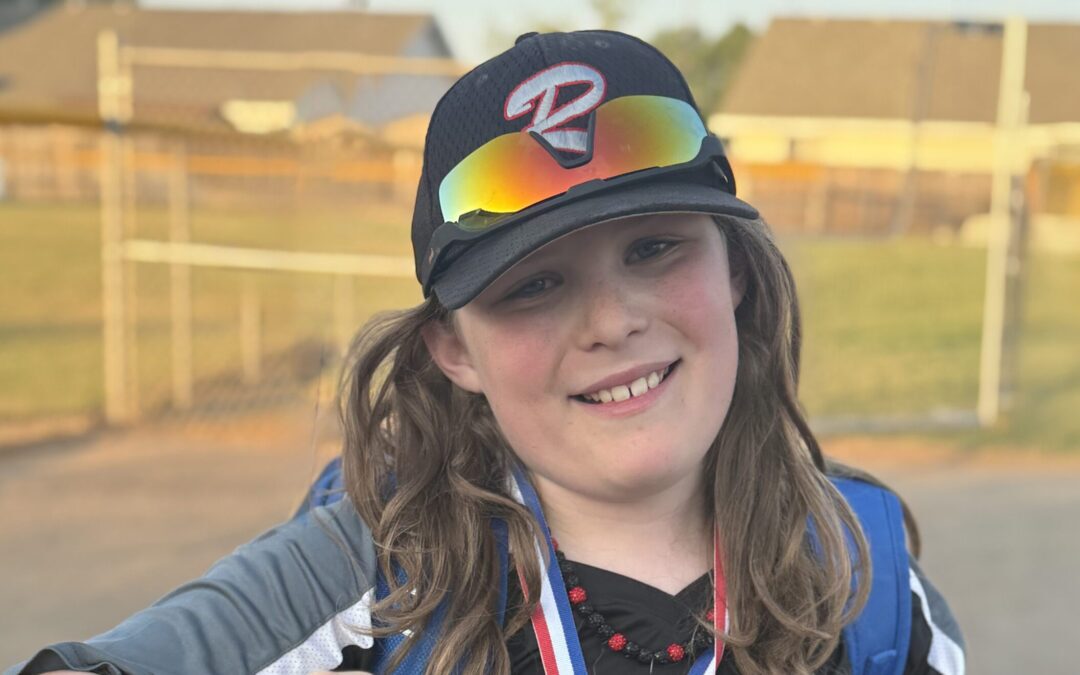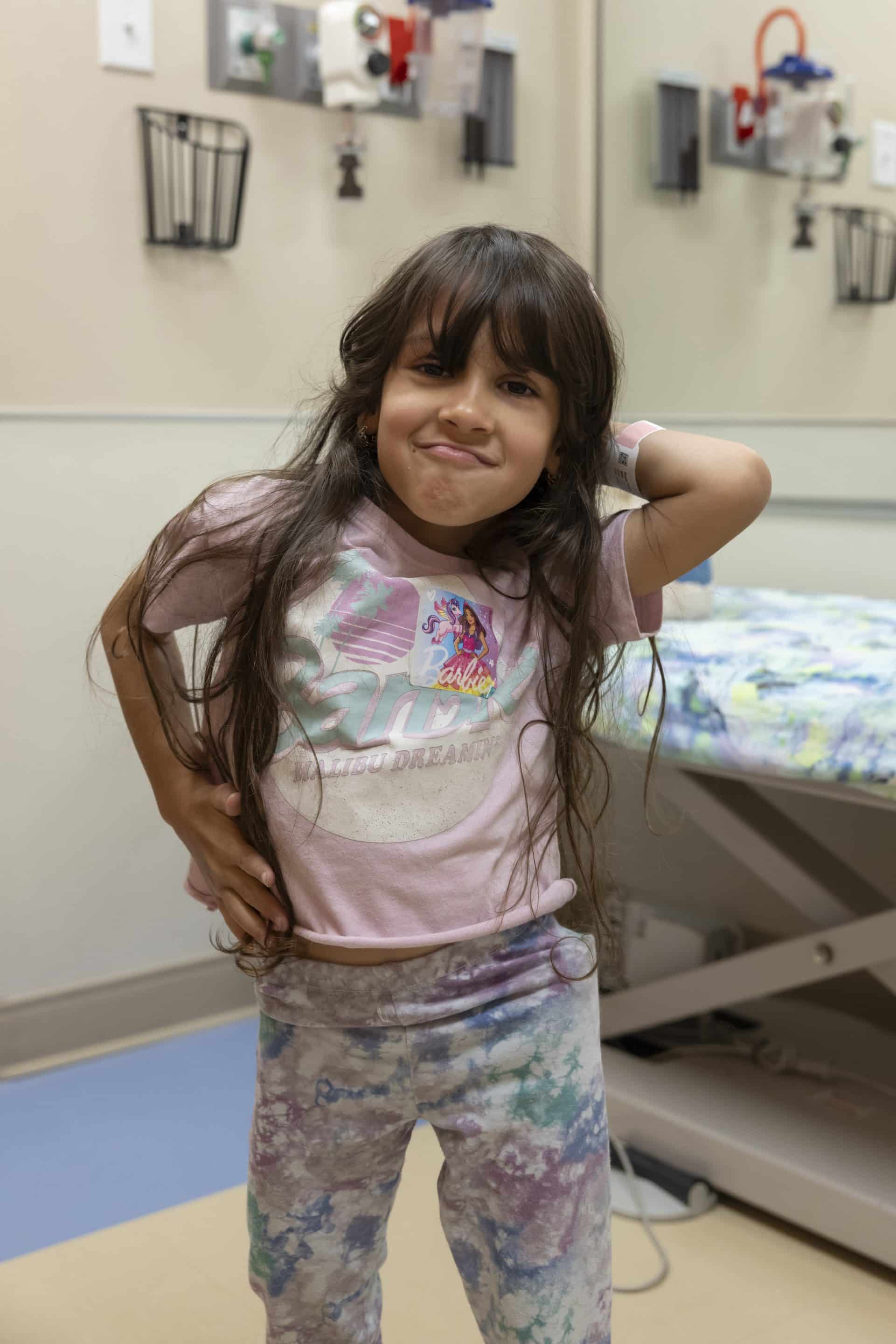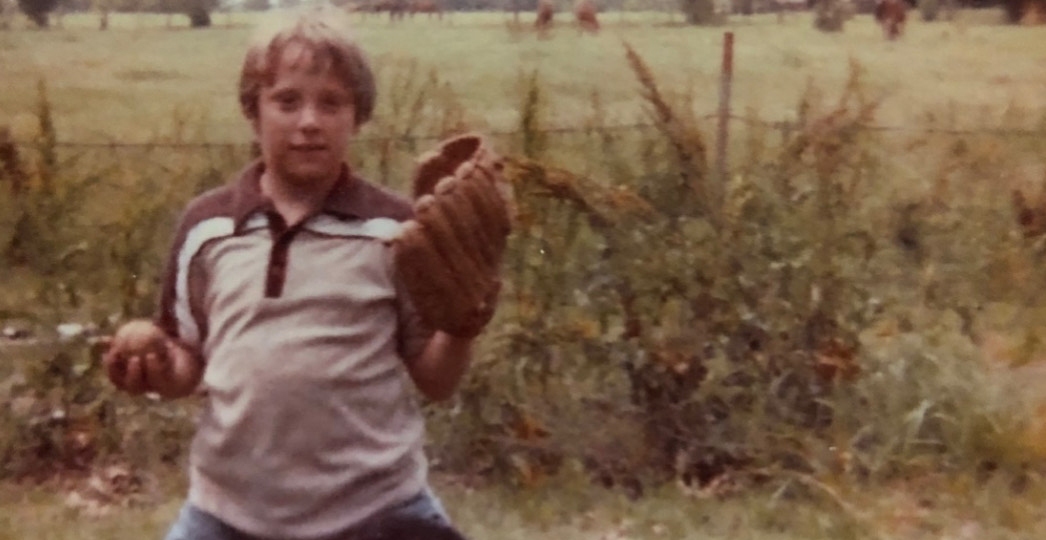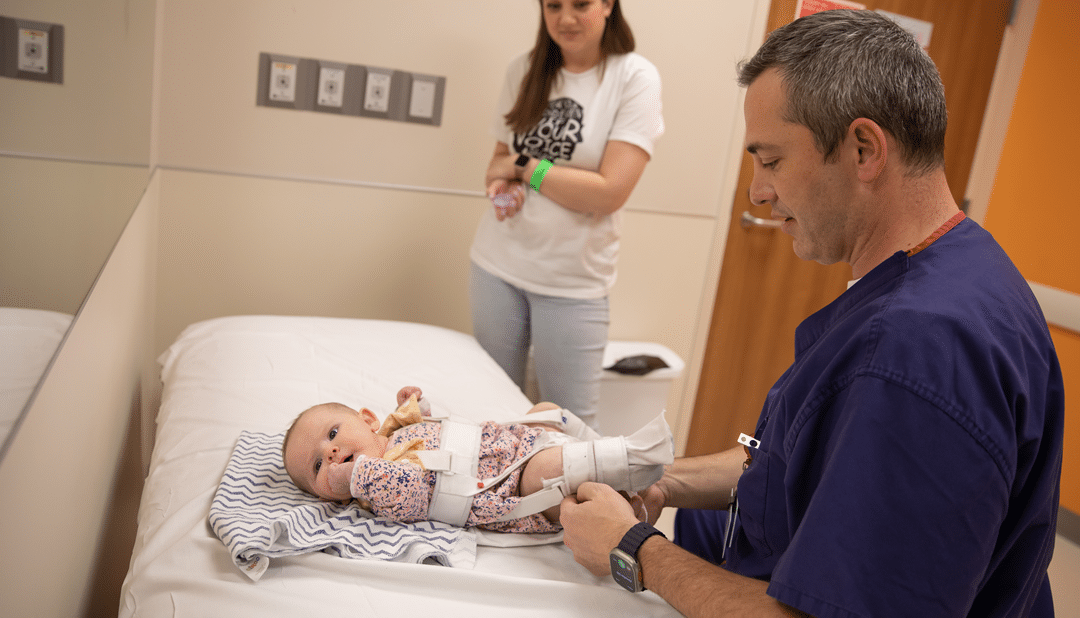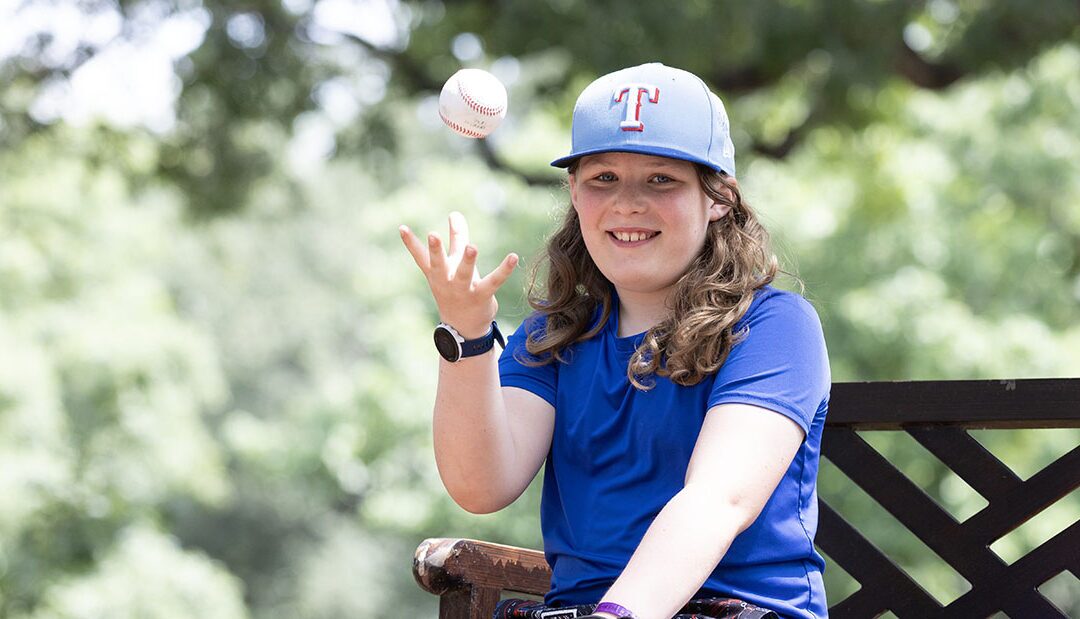
Fueled by Hope: How Andrew Returned to the Game After Perthes
Previously published in Rite Up, 2025 – Issue 3
The hope of winning is what fuels 10-year-old Andrew, a passionate multisport athlete of Redmond, Oregon. He always plays with a heart full of ambition, unaware that this same spirit would be a guiding force throughout his treatment process.
In second grade, Andrew developed pain in his knee and began to limp. A local provider diagnosed him with Legg-Calvé-Perthes disease, or Perthes disease, a rare childhood hip disorder. The condition affected the ball of Andrew’s right hip joint. The blood supply to the ball of his hip joint was disrupted, which caused his bone to die in a process known as osteonecrosis.
“We were devastated,” says Megan, Andrew’s mother. “I watched Andrew’s heart break right in front of me, especially when we learned he couldn’t play sports for a while. I didn’t know how we would get through this.”
Initially, Andrew underwent surgery and wore a cast, but his condition did not improve. Megan searched for other treatment options and discovered Harry Kim M.D., M.S., a world-renowned expert in Perthes disease and director of the Center for Excellence in Hip at Scottish Rite for Children.
After a flight from Oregon to Dallas, Andrew’s family found solutions to their son’s condition at Scottish Rite. Andrew underwent a perfusion MRI that revealed he had only 30% to 40% of blood flow to the ball of his hip joint. Dr. Kim performed surgery on Andrew’s thigh bone and repositioned the ball of his femur into the hip socket. Then, he installed metal plates and screws to stabilize the hip and promote blood flow.
“In older patients like Andrew, surgery reduces the chance of needing additional surgeries later on,” Dr. Kim says. “Some people assume Perthes disease negatively affects children’s lives. However, families should always stay hopeful. With the right treatment, we can help children return to the activities they love.”
After a year of healing, Dr. Kim cleared Andrew to walk, run and play again. Andrew made a grand return to his Little League team and continues his path of becoming a sports legend, thanks to the hope his care team and family kept throughout his care.
“Dr. Kim is not just knowledgeable about Perthes disease, but he also understands the mental toll it takes on kids and their families,” Megan says. “You can feel Dr. Kim’s passion. It’s not just his job — it’s his calling. Thanks to Scottish Rite, I finally can relax because I know Andrew is in the best hands.”
